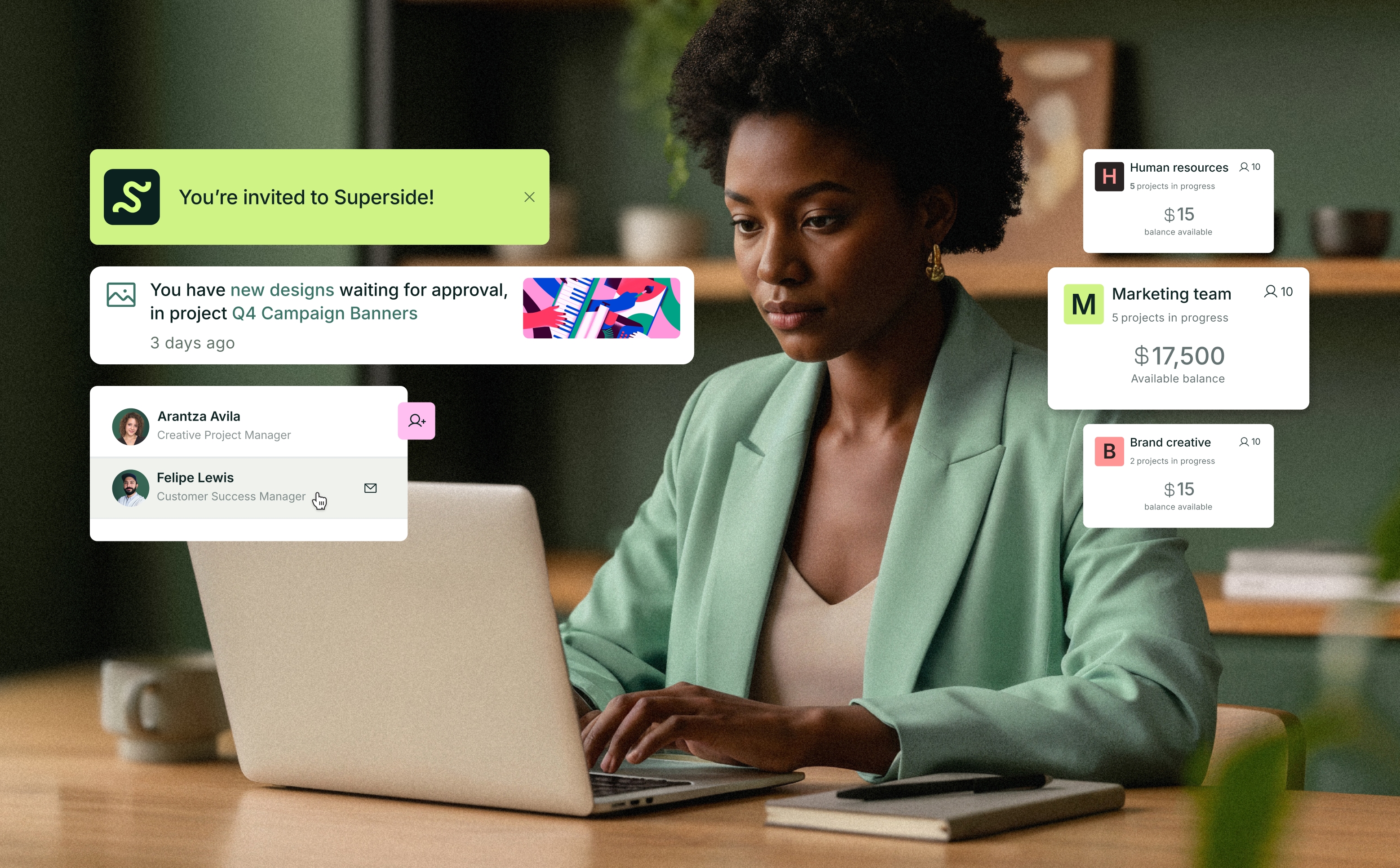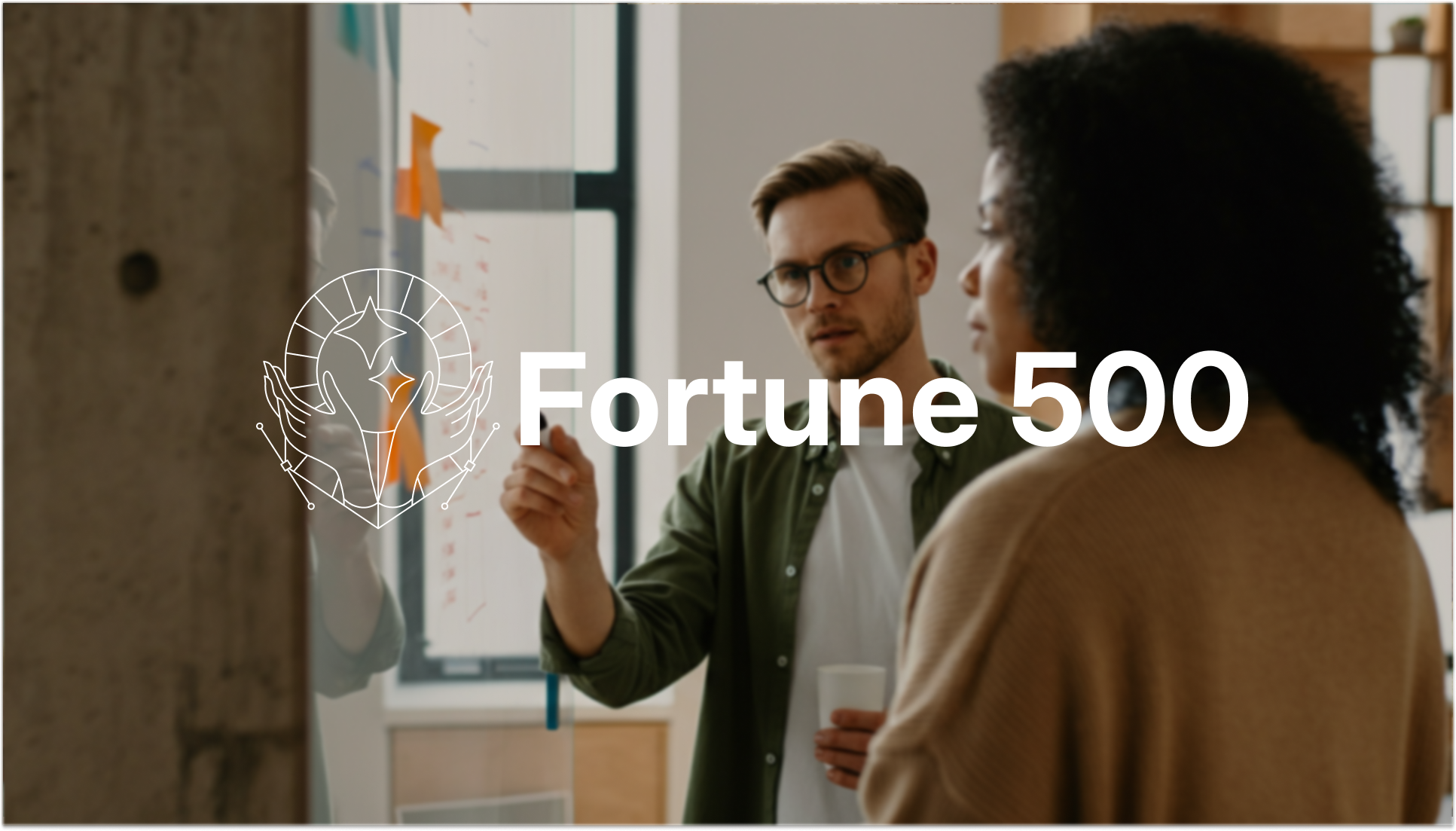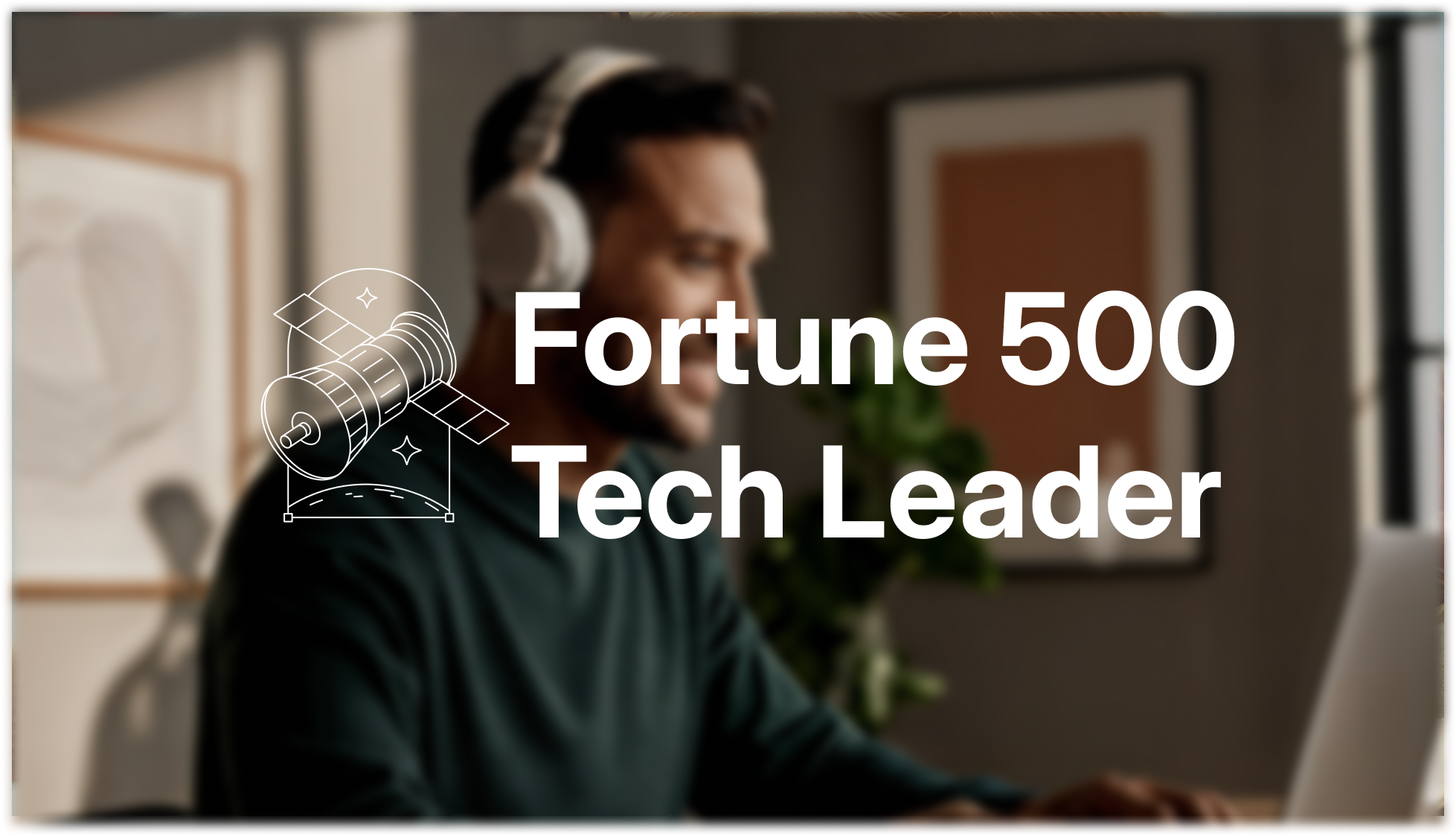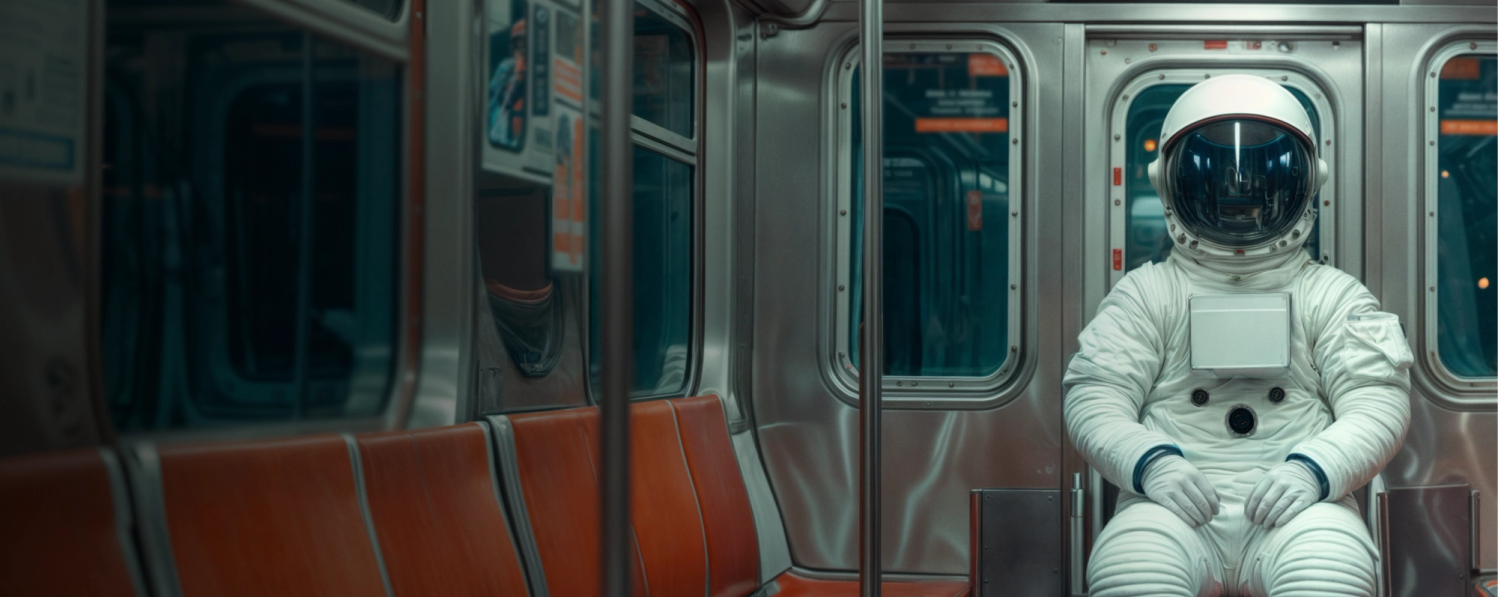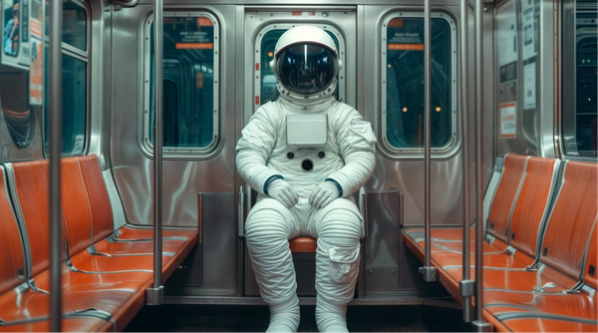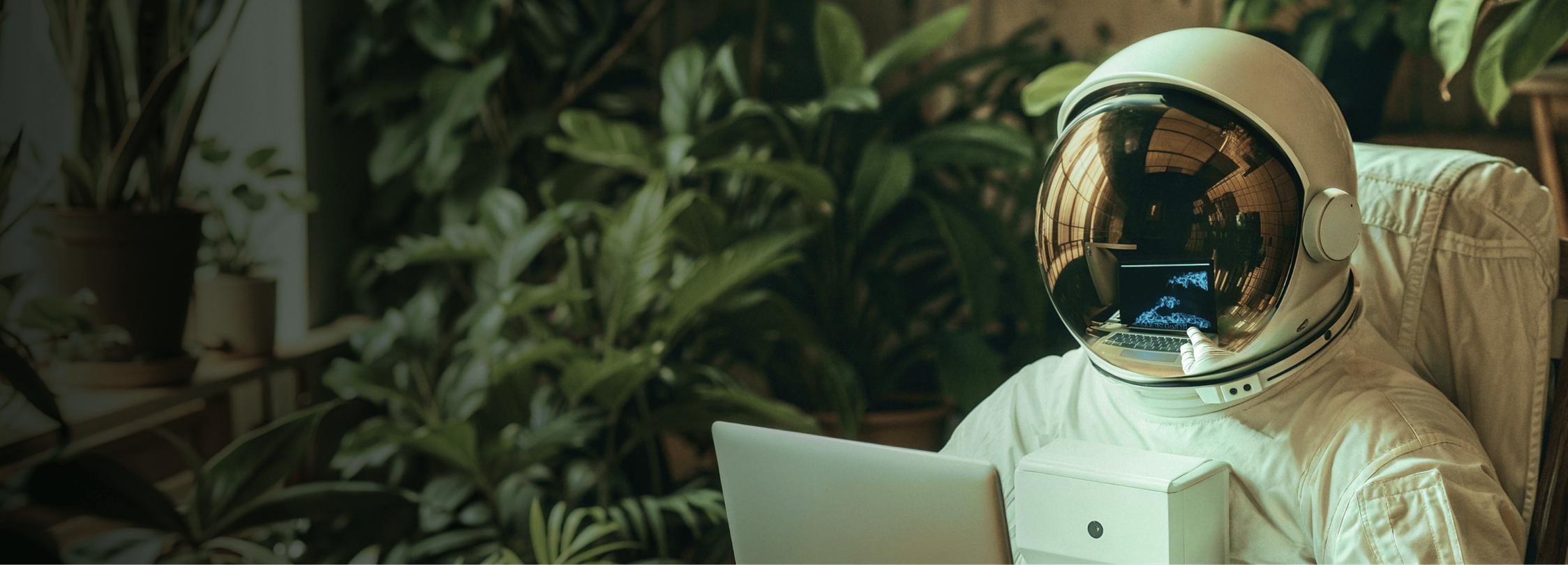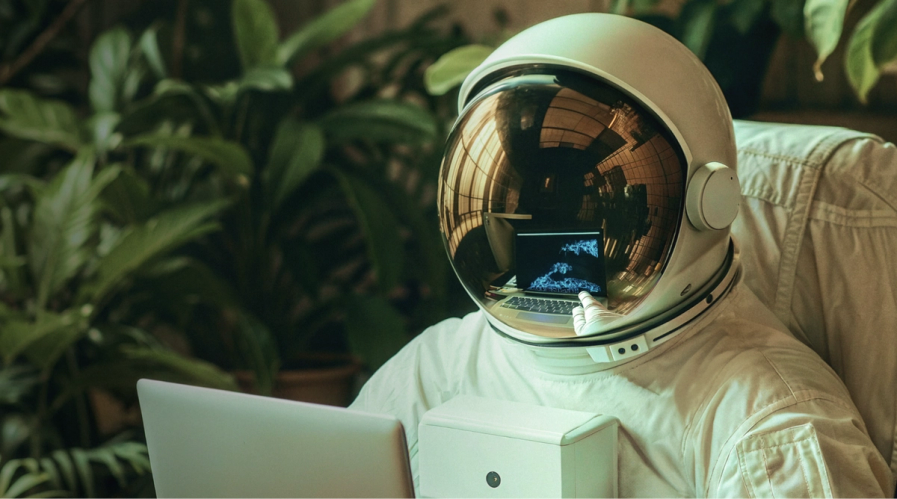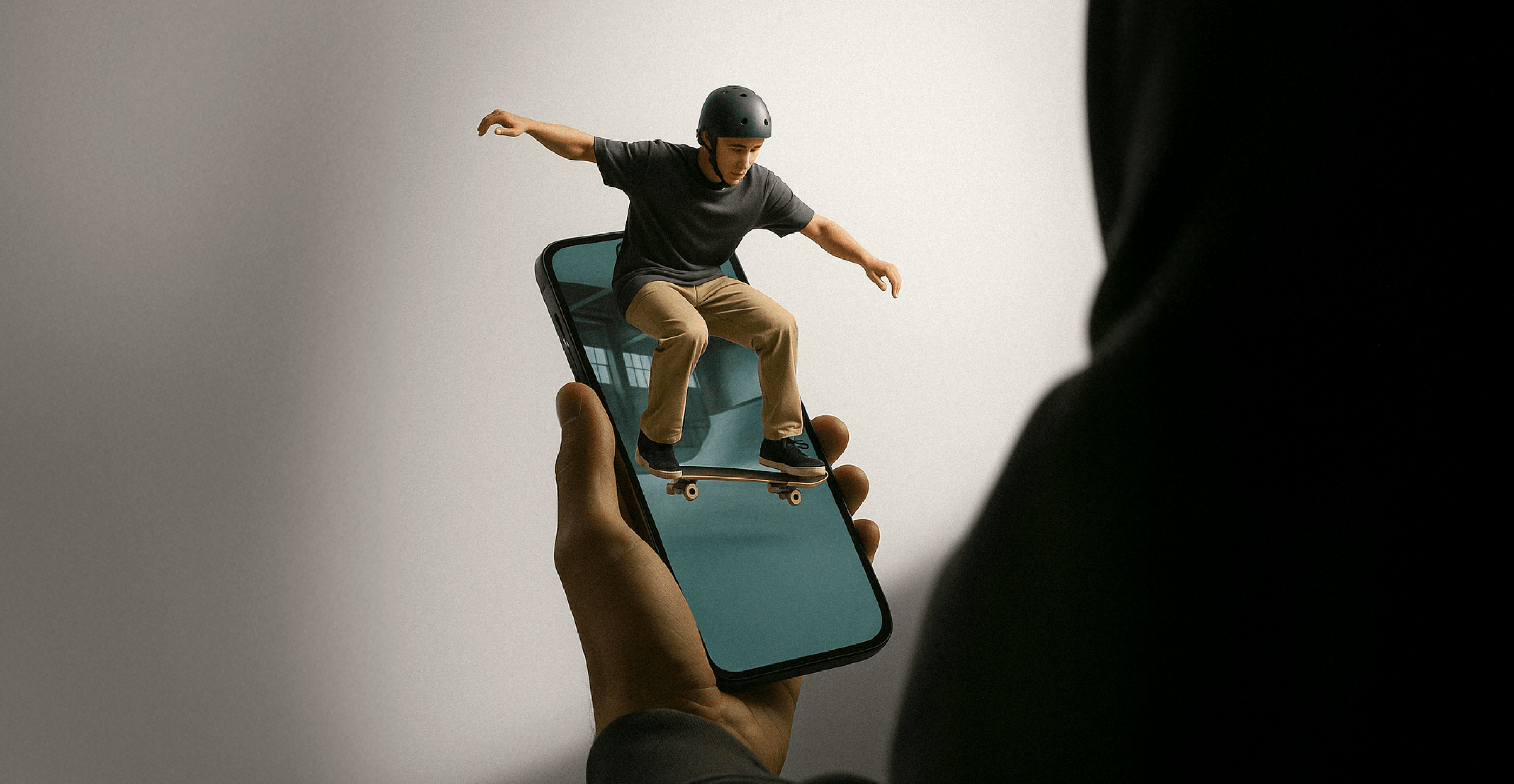
Augmented reality brand experiences connect with consumers in a way traditional advertising simply can’t. Read on to discover how top brands blend physical and digital technologies to create immersive, interactive magic.
Today’s consumers are bombarded with marketing messages and ads, hardly noticing them anymore. As a result, brands are shifting their focus from traditional ads to memorable experiences, ushering in an era of experiential marketing.
Research shows that 91% of consumers feel more positively about a brand after a meaningful interaction, and 85% are more likely to make a purchase as a result.
One of the most exciting tools driving this shift is augmented reality (AR). Once confined to science fiction, AR is now being woven into our daily lives, transforming how we work, play and shop.
From virtual try-ons and interactive product demos to scannable packaging and immersive trade show booths, AR is reshaping how brands connect with audiences. Its popularity is especially pronounced among Gen Z, with 93% of Gen Z audiences expressing interest in using AR for shopping.
Leading companies recognize the potential of this cutting-edge technology and frequently partner with agencies specializing in AR-driven campaigns.
Superside is at the forefront of this movement, helping global brands tap into the power of AR. In this article, we share our approach to creating standout AR campaigns for enterprises, starting with an exploration of what makes these immersive technologies so impactful.
What are augmented reality brand experiences, and how do they work?
AR marketing combines digital elements, such as 3D objects and audio, with the physical world through smartphones, augmented reality glasses and other devices, creating immersive experiences.
This type of marketing enables brands to connect with audiences in new and innovative ways. Customers can access AR experiences by scanning QR codes, tapping their phones on Near Field Communication (NFC) tags, using social media filters or by using special brand apps.
The essential elements of augmented reality experiences involve:
- WebAR: This is the most accessible form of augmented reality, operating within web browsers. By simply clicking a link or scanning a QR code, users can access interactive AR content on their smartphones, tablets or desktop computers equipped with a camera.
For instance, Niantic’s 8th Wall platform provides tools to create seamless WebAR experiences across all devices.
- Social AR: These augmented reality experiences are accessible via social media platforms, making them ideal for highly targeted, viral marketing. A good example is the custom filters brands use on platforms like Instagram and Facebook.
- Location-based AR: This type of augmented reality can be used for games, scavenger hunts or unlocking special content when users visit certain stores, event venues or billboards inside set geographic areas.
An example is Pokémon Go, a mobile game launched in 2016 that allows players to find virtual creatures in real-world locations.
- App-based AR: This AR technology requires users to download an app. Although brands typically invest more effort in creating it, app-based AR offers rich, interactive experiences that aren’t limited by web browsers or social platform restrictions.
App-based AR also enables brands to collect valuable information about how people use their apps, allowing them to better understand their customers.
Why augmented reality creates stronger brand connections
Creating an AR experience has clear benefits. Using AR is fun, engages multiple senses and often builds stronger emotional connections than static content, helping customers connect with your brand in a more memorable way.
In fact, 56% percent of shoppers feel more confident about product quality after using AR, and 61% prefer shopping with retailers that offer AR features.
Immersive AR experiences also enhance customer engagement, with users spending 20.7% more time in AR-driven apps and exploring 1.28 times more products. Online clothing shopping benefits from a 40% decrease in return rates and a 97% increase in conversion rates, leading to more unplanned purchases (any retailer’s dream).
However, simply relying on AR technology isn’t enough to capture—and hold—your target customers’ attention. Today’s leading brands and tech companies complement their AR experiences with robust branding strategies and top creative from world-class design services to drive emotional connections and build lasting brand loyalty.
These brands increasingly partner with AI-powered creative services like Superside to develop engaging AR experiences. In the process, they also lighten the load on their stretched in-house creative teams.
How Superside helps brands create standout augmented reality experiences
Superside can be your go-to partner for AR innovation. We’re not just a creative agency but a design service that becomes your creative team’s creative team, helping you bring your AR dreams to life.
Our scalable production process facilitates quick resource deployment, including AR and video.
With the Forrester TEI (Total Economic Impact) report showing a 94% ROI from Superside’s creative services, we’re the leading AI-powered partner for delivering experiences that go beyond the expected.
We use our expertise in corporate branding, creative localization and the latest AI technologies to create AR experiences that engage and drive results.
Here’s how we do it:
That’s how top brands get the creative production they deserve: if you know, you know.
7 examples of powerful augmented reality brand experiences
It’s time to explore a few real-world augmented reality examples that launched major brands into the spotlight.
1. Superside Connect
(Source: Superside Connect)
We excel at harnessing the power of AR to create impactful experiences that resonate with their target audiences. That’s why we developed a standout AR experience for our own brand.
Goal: At the 2024 Figma Config event in San Francisco, we hosted Superside Connect, an exclusive meetup for creative and marketing leaders. Our goal was to showcase our ad creative and motion design services in an engaging way, using augmented reality.
Delivery: The project turnaround time was an ambitious two weeks. Always up for a creative challenge, Superside’s in-house immersive team successfully turned our creative vision into (augmented) reality at record speed.
Here’s how:
1. Concepting and wireframes: We began with a solid mobile-first, event-based activation plan. We created high-level interaction flows and visual storytelling moments for each filter to effectively showcase our services in an engaging, informative manner.
2. Asset creation and animation: We used Superside’s top-tier AR/3D talent to create 2D and 3D branded elements that effectively showcased our ad creative and motion design services.
3. AR development and testing: Once the plan and assets were ready, we focused on execution. Our team created two polished filters in Spark AR that included CTAs to promote photo-sharing and engagement.
The ad filter featured a rotating halo of social content for users to zoom into, while the motion design filter showcased generative animations with shapes, text and lines expanding in real-time. We prioritized fast testing to nail the user experience.
Impact: Superside Connect became an immersive creative playground. We expected magic—and we created it.
Results: The outcome clearly showcases the value of Superside:
- We built 2x high-quality filters in under 14 days, a testament to Superside’s speed, scalability and production efficiency.
- 50% of attendees interacted with at least one AR filter, proving our ability to design truly engaging AR experiences.
- The average experience time of 4 to 5 minutes was a standout customer engagement metric for event activation, highlighting Superside’s strength in crafting compelling AR experiences.
- 14% of attendees captured and shared the AR experience on social media platforms, organically expanding our reach and turning participants into brand advocates.
- $0 extra app installs were needed, thanks to seamless Instagram-based deployment. This reflected our belief in accessibility, ease of use and maximizing participation without barriers.
Attendees were LOVING it! Thought it was very cool.
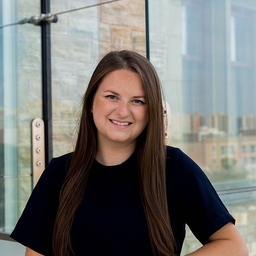
Insights:
- By turning creative services into shareable, interactive assets, Superside proved our conviction that AR isn’t just a gimmick—it’s a powerful activation strategy.
- The event’s success illustrated the effectiveness of AR for events, product launches, multichannel marketing campaigns and ongoing brand engagement strategies.
- As we empower our creative teams to deliver exceptional motion graphic, 3D and AR content, our customers don’t have to invest in extra internal resources. We’ll handle the entire development process from start to finish.
2. Coca-Cola
(Source: Coca-Cola)
Goal: To celebrate the Chinese New Year and connect with consumers through cultural storytelling.
AR experience: Customers were invited to scan their product packaging to see a 3D rabbit family animation and create personalized virtual greeting cards.
Platform: A QR code-activated AR experience accessible via mobile devices.
Creative design: The brand blended cultural motifs with interactive digital content to enhance the festive celebrations.
Results: Coca-Cola strengthened its brand association with cultural festivities like the Lunar New Year, helping to build brand loyalty among target customers.
3. Circle K and Niantic
(Source: Circle K and Niantic)
Goal: To promote Circle K’s coffee offering and drive foot traffic to stores.
AR experience: Players encountered a floating balloon in Pokémon Go that unlocked a sponsored AR interaction with a 3D Circle K coffee cup. This was followed by a CTA to visit a nearby store.
Platform: An in-game AR experience via Pokémon Go’s new Rewarded AR ads format.
Creative design: The 3D coffee cup was designed to feel natural and fun within the game world, boosting immersion and appeal.
Results: The AR campaign achieved an impressive 76% average engagement rate and a 95% completion rate among players who interacted with the experience.
4. Sephora
(Source: Lenslist)
Goal: To increase the adoption of Sephora’s Virtual Artist AR feature during Ramadan.
AR experience: Collaborating with local artists, the brand introduced a gamified AR lens on Snapchat during Ramadan. Sephora offered users a chance to win gifts by engaging with the experience.
Platform: A Snapchat AR lens.
Creative design: The much-loved beauty brand incorporated interactive gameplay elements to make using the AR lens engaging and shareable.
Results: The experience accounted for 5% of total online sales during the AR campaign period, with a 2.39x return on investment.
5. Warner Bros. and Snapchat
(Source: Warner Bros. & Snapchat)
Goal: To build global excitement for the Barbie movie release and extend its impact through interactive experiences.
AR experience: Warner Bros. launched a Barbie Wardrobe AR lens for users to try on film-inspired outfits, plus a landmark-scanning activation that transformed iconic sites into Barbie-themed visuals.
Platform: Snapchat AR lenses and Snapchat’s Landmarker feature.
Creative design: Users could play with fun, high-fidelity outfit filters and vibrant landmark overlays, transforming global landmarks into Barbie-themed environments.
Results: The brand amplified the global buzz around the Barbie movie, fueling widespread sharing on social media platforms and boosting anticipation ahead of the movie’s official release.
6. Maybelline New York
(Source: Maybelline New York)
Goal: To promote Maybelline’s Falsies Surreal mascara with an unforgettable, high-impact brand experience.
AR experience: The brand activated the world’s largest AR mirror, encouraging users to try on the mascara virtually and see themselves broadcast on a giant mall screen.
Platform: A kiosk-activated AR experience linked to a massive outdoor digital screen.
Creative design: Maybelline combined AR try-on technology with shareable moments to create a much-loved viral campaign.
Results: The AR activation generated three million organic views and mentions after the first activation, showcasing the power of large-scale interactive AR to break through consumer “ad blindness.”
7. Revolut
(Source: Revolut)
Goal: To launch and build excitement around Revolut Ultra, the financial services company’s new premium membership plan.
AR experience: Revolut installed “Platinum Portals” in major European cities. When scanned, the portals unlocked an AR reveal of the Ultra metal card.
Platform: A QR code-triggered WebAR experience with social media integration.
Creative design: Mysterious silver sculptures and sleek AR visuals created a sense of exclusivity and intrigue, aligning perfectly with the Revolut Ultra brand.
Results: The AR campaign drove social sharing through an Instagram contest, successfully positioning Revolut as an innovative, tech-forward financial services brand.
Make your brand unforgettable with augmented reality experiences
Immersive AR experiences are a game-changer. These experiences can engage target audiences more effectively than traditional ads, generate buzz and drive sales.
As consumers continue to seek interactive experiences, your brand can also create memorable moments with AR technology.
Collaborating with a strong creative partner who understands how to create immersive AR experiences is essential. After all, it’s a new and emerging field that requires a level of creativity and expertise not easily found in-house.
If you’re ready to partner with leading AR specialists for your next AR campaign, you know where to find us.




